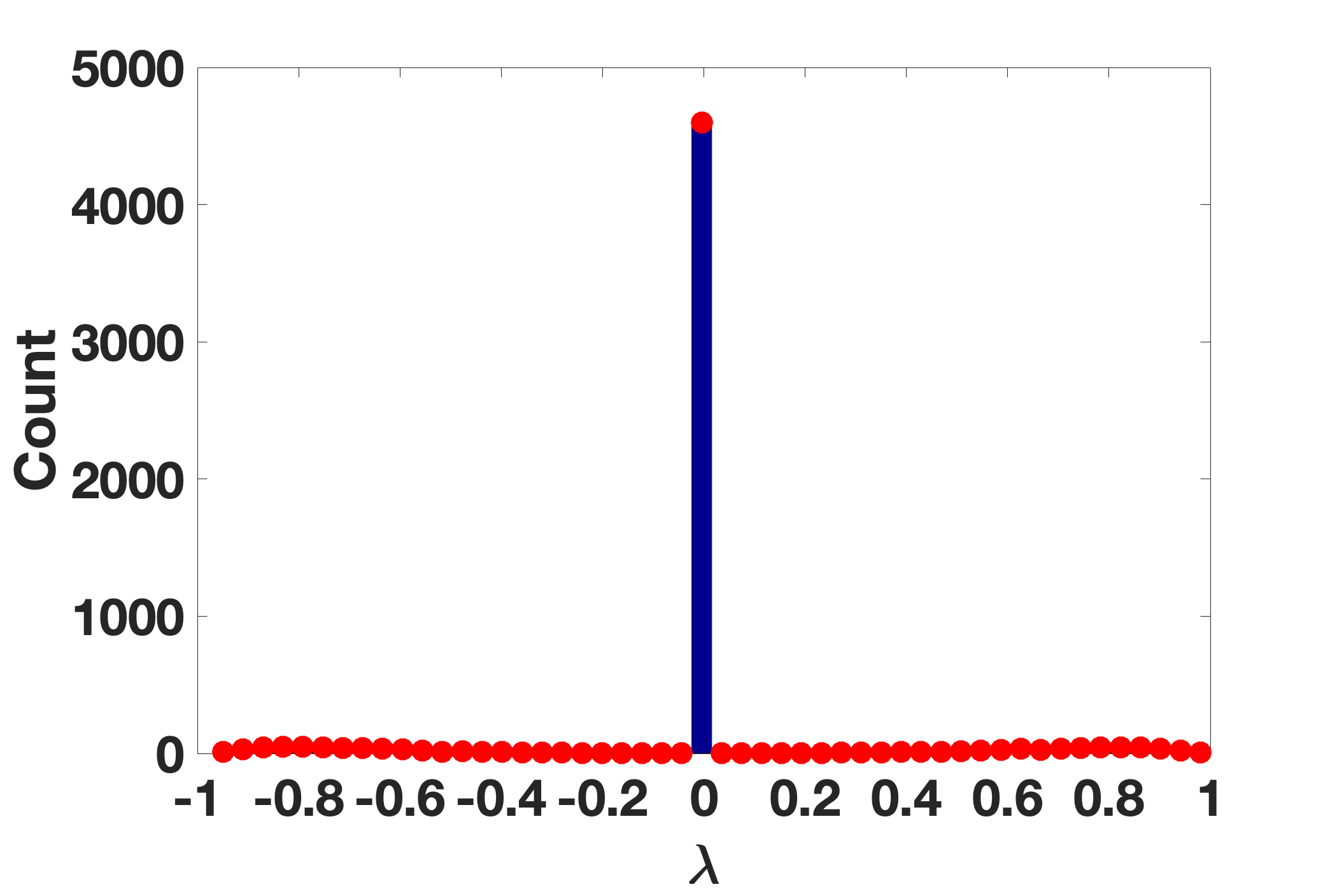Network Density of States
Spectral analysis connects graph structure to the eigenvalues and eigenvectors of associated matrices. Much of spectral graph theory descends directly from spectral geometry, the study of differentiable manifolds through the spectra of associated differential operators. But the translation from spectral geometry to spectral graph theory has largely focused on results involving only a few extreme eigenvalues and their associated eigenvalues. Unlike in geometry, the study of graphs through the overall distribution of eigenvalues - the spectral density - is largely limited to simple random graph models. The interior of the spectrum of real-world graphs remains largely unexplored, difficult to compute and to interpret. In this paper, we delve into the heart of spectral densities of real-world graphs. We borrow tools developed in condensed matter physics, and add novel adaptations to handle the spectral signatures of common graph motifs. The resulting methods are highly efficient, as we illustrate by computing spectral densities for graphs with over a billion edges on a single compute node. Beyond providing visually compelling fingerprints of graphs, we show how the estimation of spectral densities facilitates the computation of many common centrality measures, and use spectral densities to estimate meaningful information about graph structure that cannot be inferred from the extremal eigenpairs alone.
PDF Abstract
 SNAP
SNAP